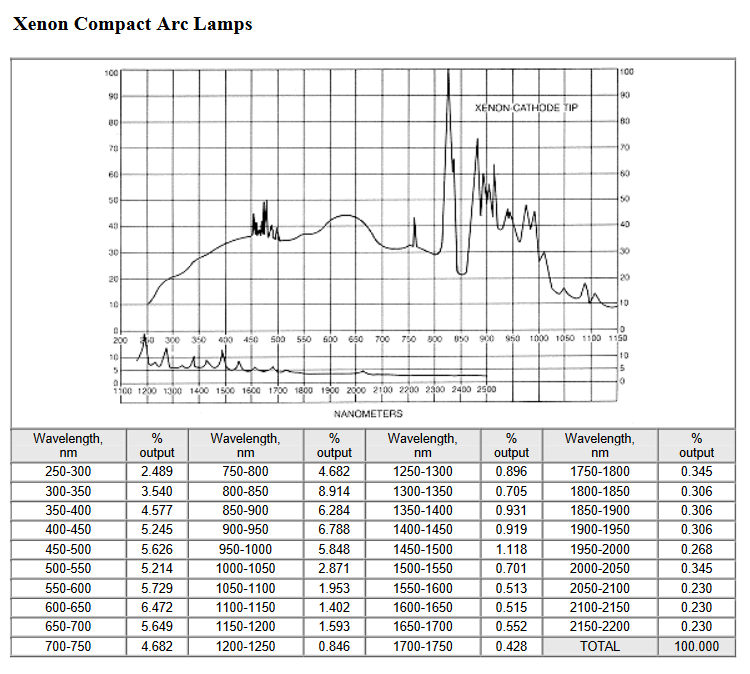The demonstration can be done without sophisticated apparatus.
Place a (adjustable) slit in the slide holder of a projector which a tungsten filament halogen bulb.
Place a glass prism between the slide projector and a screen and adjust the focus of the projector to get a clear spectrum of the screen. In effect an image of the slit is being focused on the screen. Slant the screen so as to spread the spectrum out.
To demonstrate that infra red is present place the blacked (use Aquadag or soot produced by a candle) bulb of a mercury in glass thermometer first in the red part and then in the invisible to the eye infra-red part of the spectrum and note the larger temperature in the part beyond the red indicating the presence of infra-red.
Ultra violet requires the room to be darkened and the placement of some fluorescent paper over the bottom half of the blue end of the visible spectrum and beyond. It will be noted that the paper fluoresces (emits visible light) beyond the end of the visible spectrum showing the presence of ultra violet light.
Failing having a the projector, use a projector bulb with two parallel slits to collimate a beam but you will need some sort of cover over the bulb to observe the ultra-violet potion of the spectrum.


